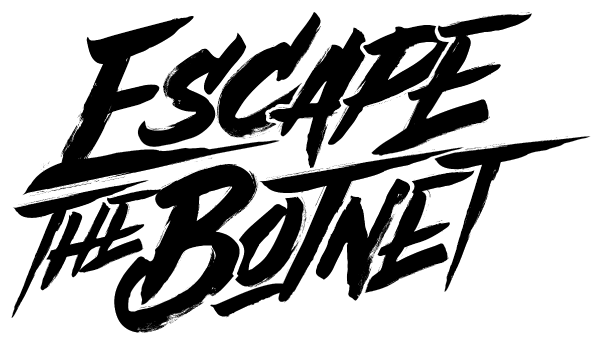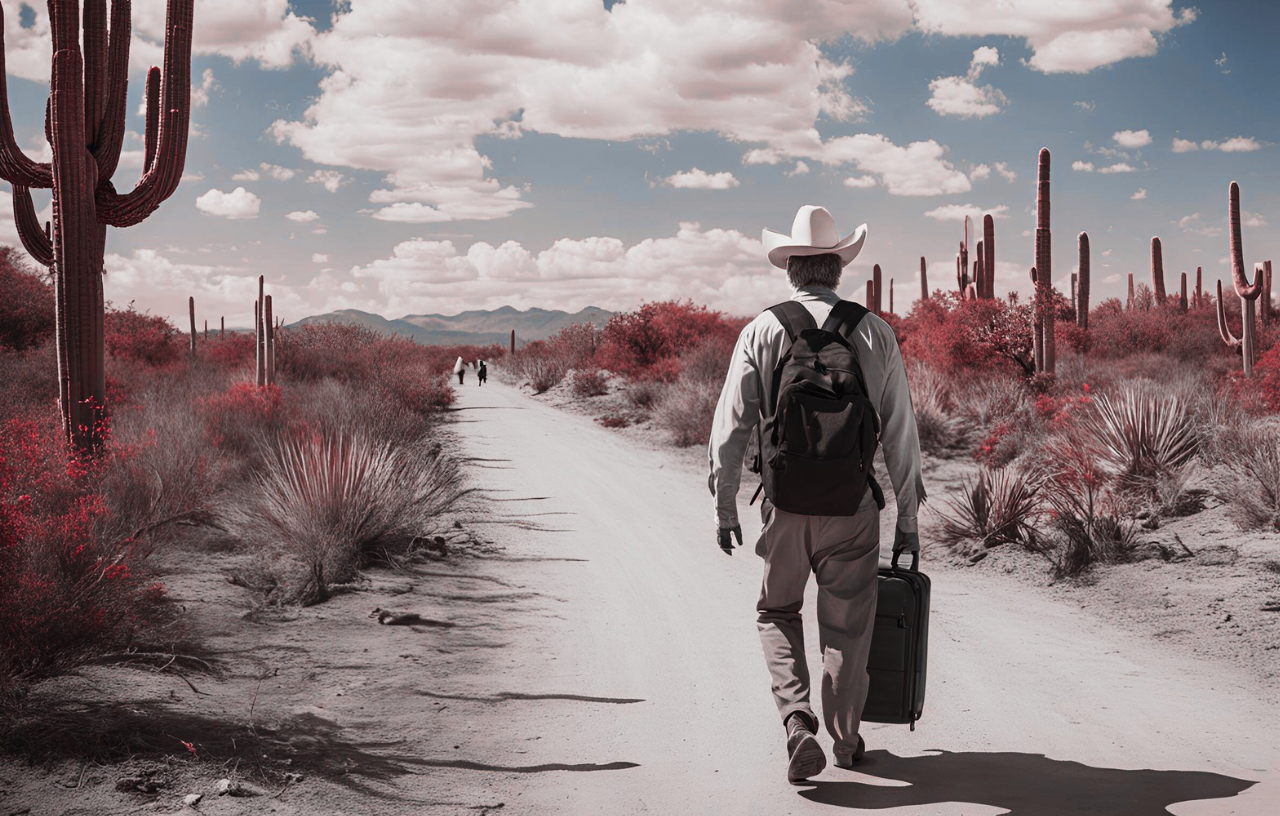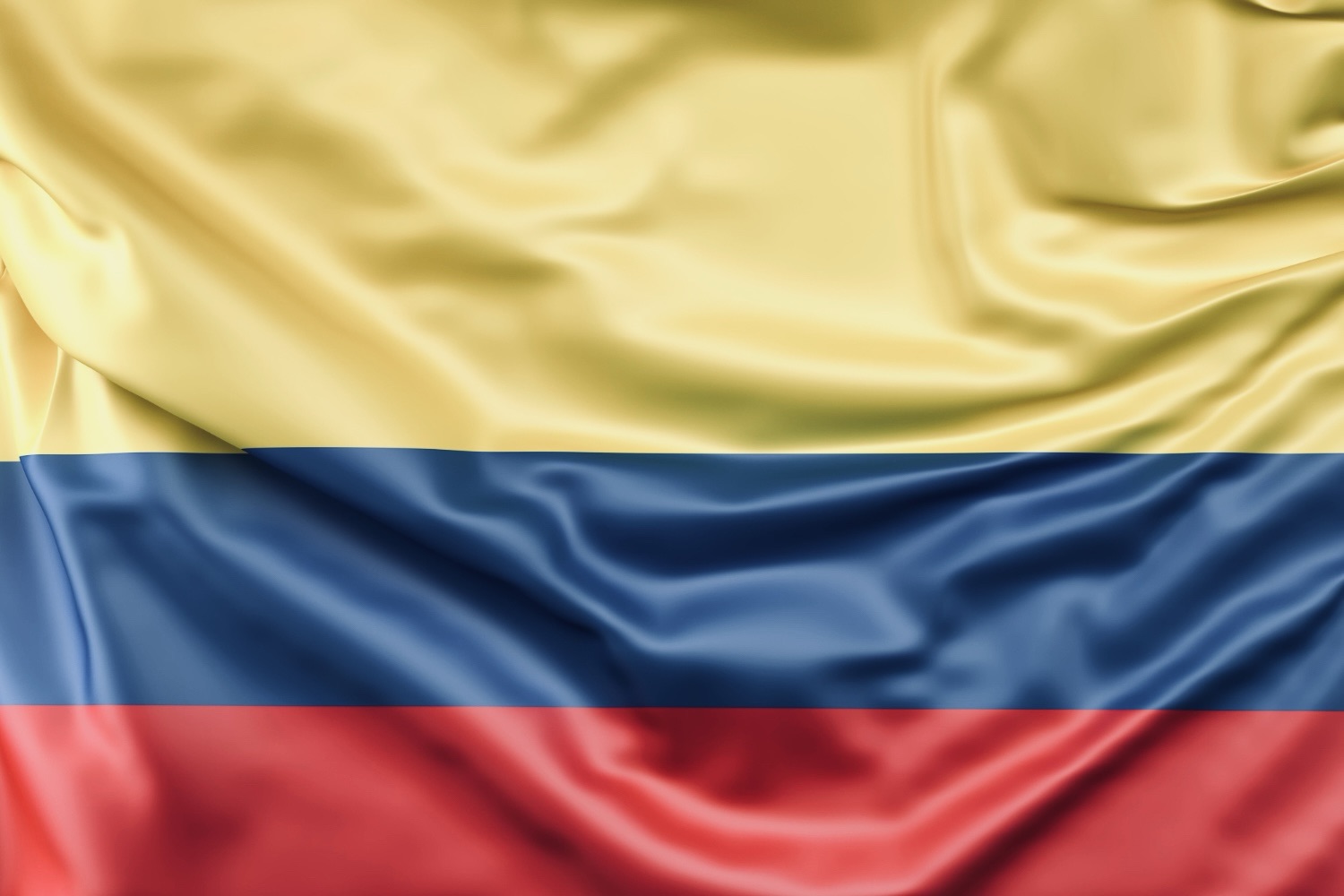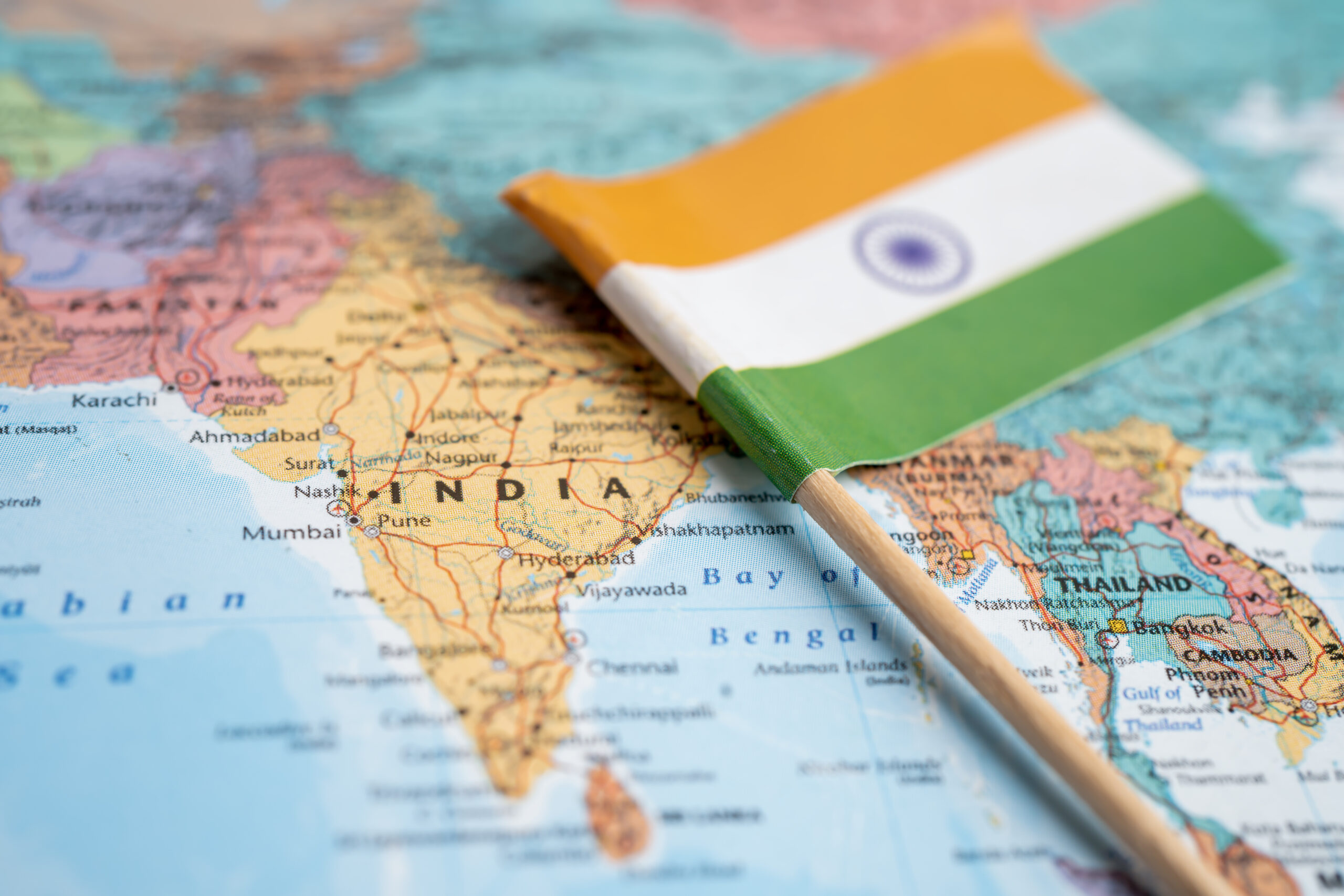Gringo Go Home: What digital Nomads Should Know
So, you’ve decided to embrace the nomadic lifestyle. The allure of working from a beach in Bali, sipping coffee in a cozy café in Lisbon, or exploring the vibrant streets of Mexico City while earning a steady income from your laptop is undeniable. But there’s an elephant in the room that
5 Legal Ways to Save Money On Taxes While Abroad
Today, we're diving deep into a topic that's crucial for any expat, digital nomad, solo traveler, passport bro, or whatever other label you want to go by. As a modern-day traveler, you have the unique opportunity to explore the world while also working remotely. Picture this: relaxing in paradise while dialing
Colombia & It’s Best-Kept Secrets
Welcome to Colombia, a land of endless beauty, vibrant culture, and boundless adventure. Nestled between the Caribbean Sea and the Pacific Ocean, Colombia captivates visitors with its diverse landscapes, rich history, and warm hospitality. From the colorful streets of Cartagena to the pulsating rhythms of Cali and the dynamic energy of
Ensuring Women’s Safety When Traveling to India
The recent harrowing incident involving a travel vlog couple in India has once again brought to the forefront the critical issue of women’s safety while traveling in the country. In a tragic turn of events, the couple, who embarked on a mission to visit every country in the world, found themselves
The Growing Concerns of London’s ULEZ Cameras
London, a city renowned for its history and culture, has implemented the Ultra Low Emission Zone (ULEZ) program to combat air pollution. However, as the ULEZ cameras continue to proliferate throughout the city, concerns have emerged regarding the potential dangers they pose to privacy and personal freedoms. In this article, we
Redefining the American Dream
The American Dream, once synonymous with home ownership, stable jobs, and community ties, is undergoing a transformative shift. In an era marked by rising challenges faced by the youth, such as limited home ownership opportunities, job insecurity, and a yearning for meaningful relationships, the digital nomad lifestyle emerges as a compelling
Embrace the Nomadic Lifestyle
In a world where technology continues to break down barriers and redefine the way we work, the rise of digital nomads has become a powerful trend. A digital nomad is someone who leverages technology to work remotely and travel the world simultaneously. With the ability to break free from the confines
Anti-Surveillance Clothing
Anti-Surveillence clothing aims to confuse and distract facial recognition technology
What is hyperface?
HyperFace is a kind of digital camouflage that aims to reduce the confidence scores of facial detection and recognition software’s by creating false faces. The idea is to confuse and distract the computer vision algorithm.
How to escape the botnet?
As a millennial, all I've ever known was progression, from the inevitable progression of technology to the unquestionable progression of












